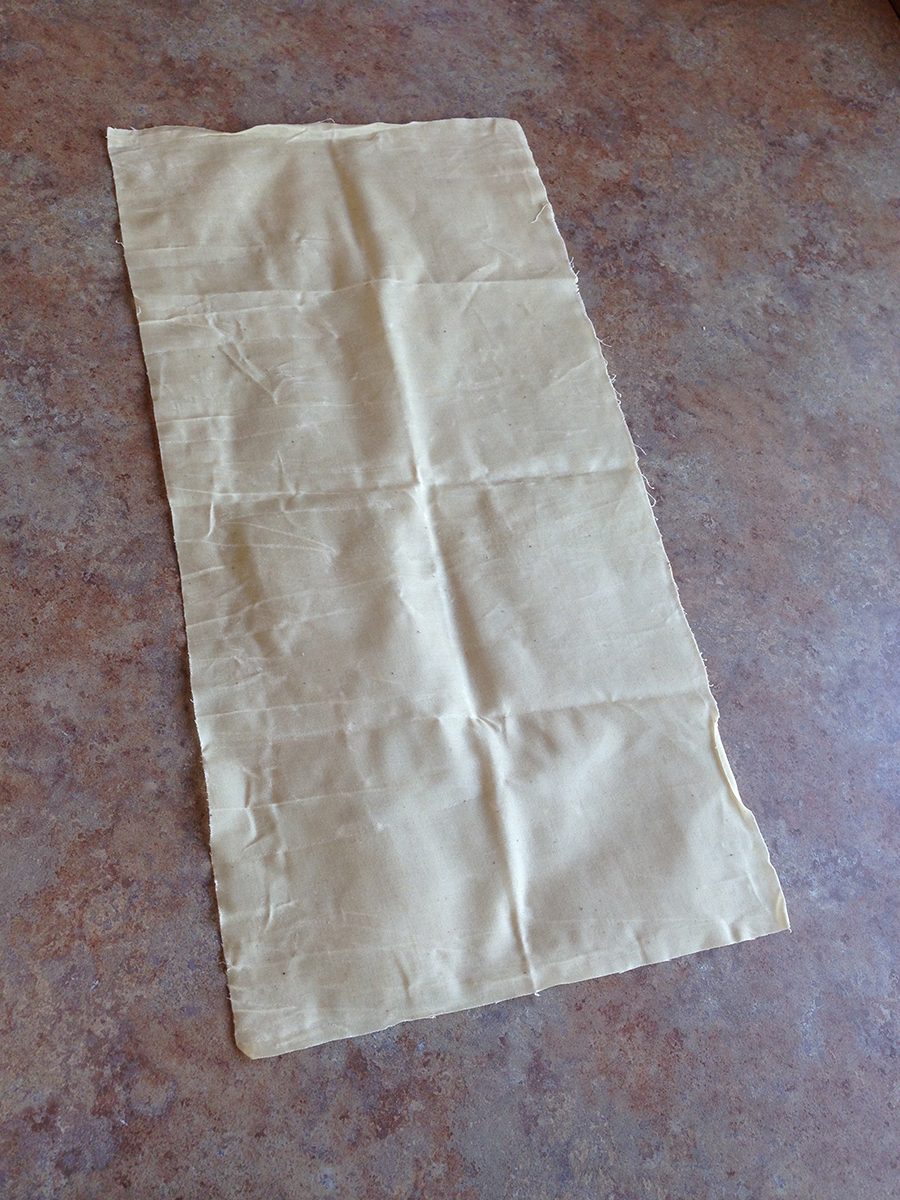Here to spread some Christmas cheer is my Poinsettia elf. She was drawn and painted in Photoshop using the basic round brush and my favorite Gouache brush from a Kyle Webster brush pack.
Some of the notable tools used:
Symmetry Tool: Used to establish the face drawing and initial passes of painting
Liquify Tool: Great for adjusting proportions of the figure and making the edges of the leaves more wavy
Smudge tool: Sometimes used to blur edges, but also to push things a bit, like the liquify tool
Adjustment Layer: Gradient Map: Used to establish base layer for color
Mixer Brush: Used to blend harsh brush strokes



















